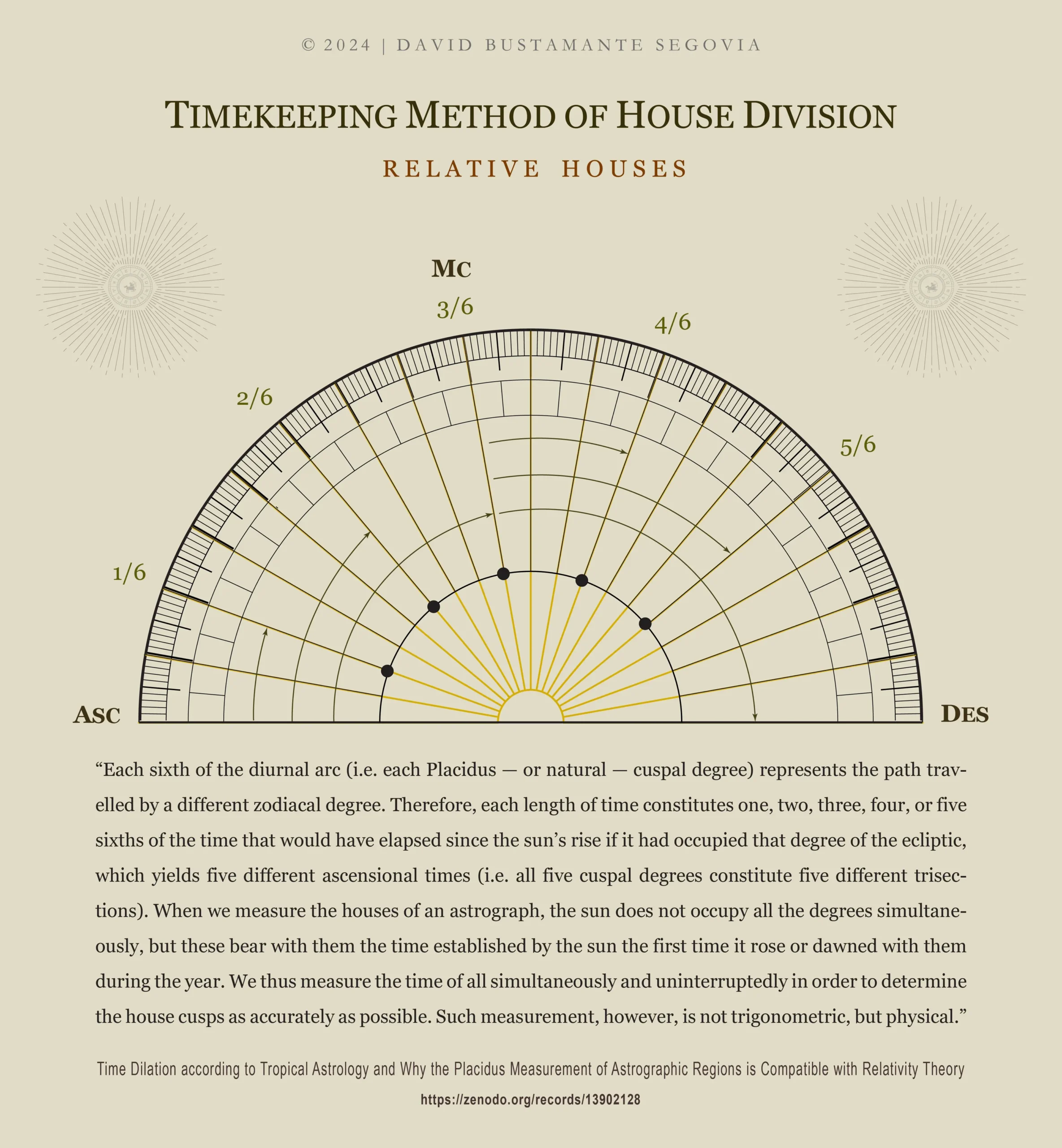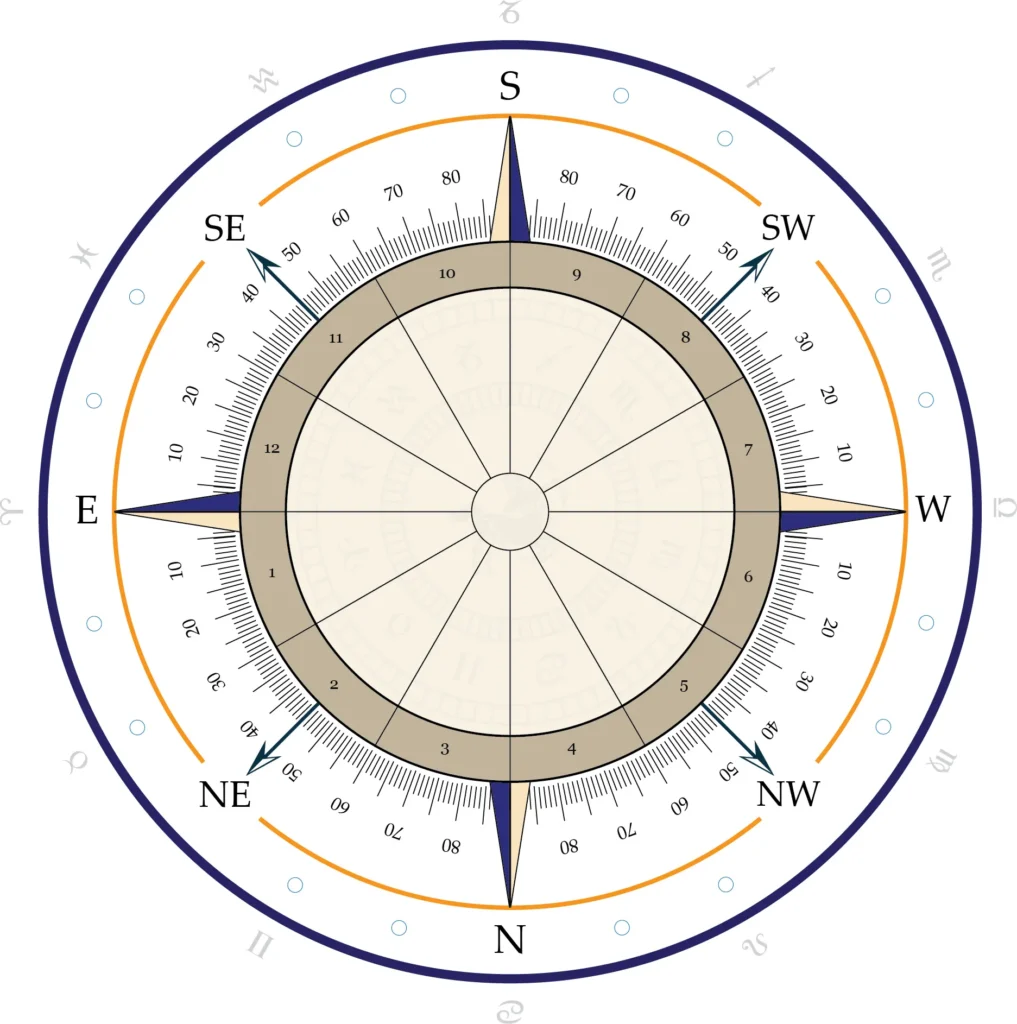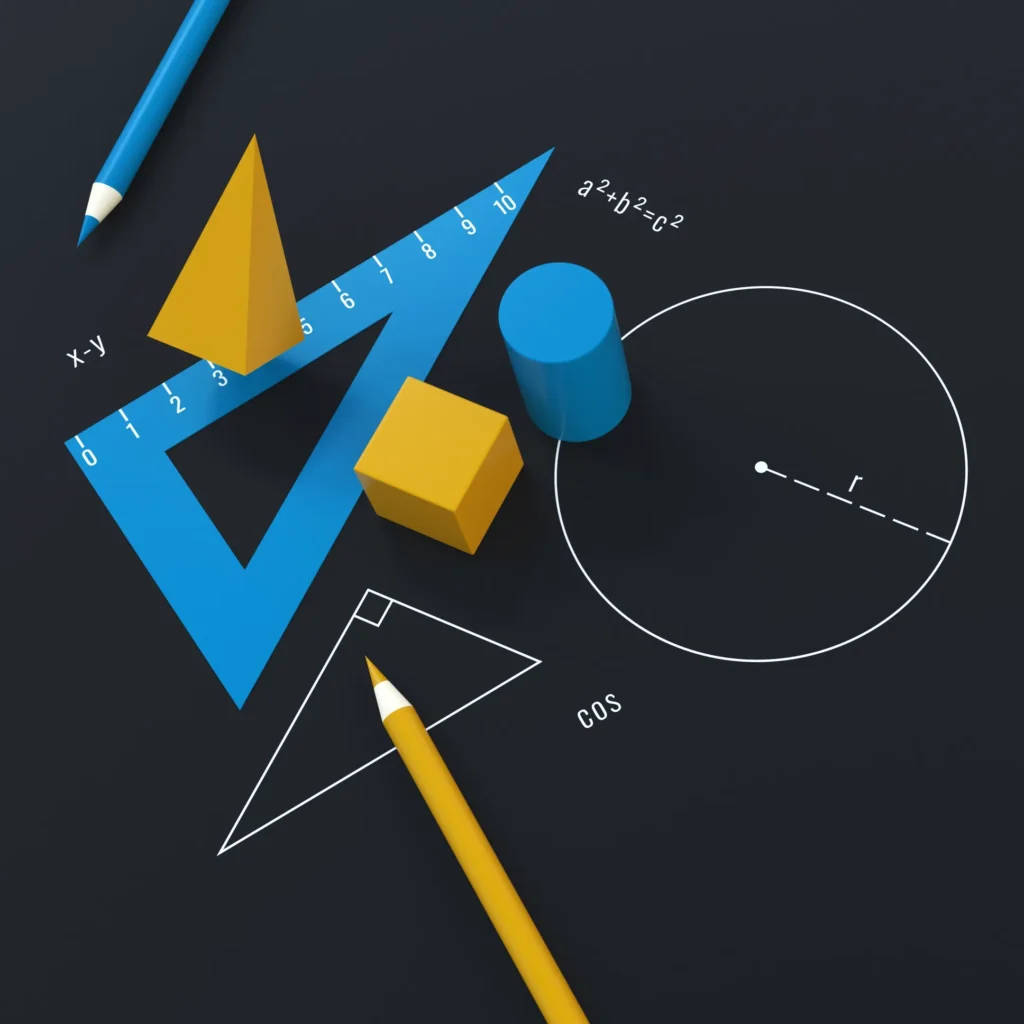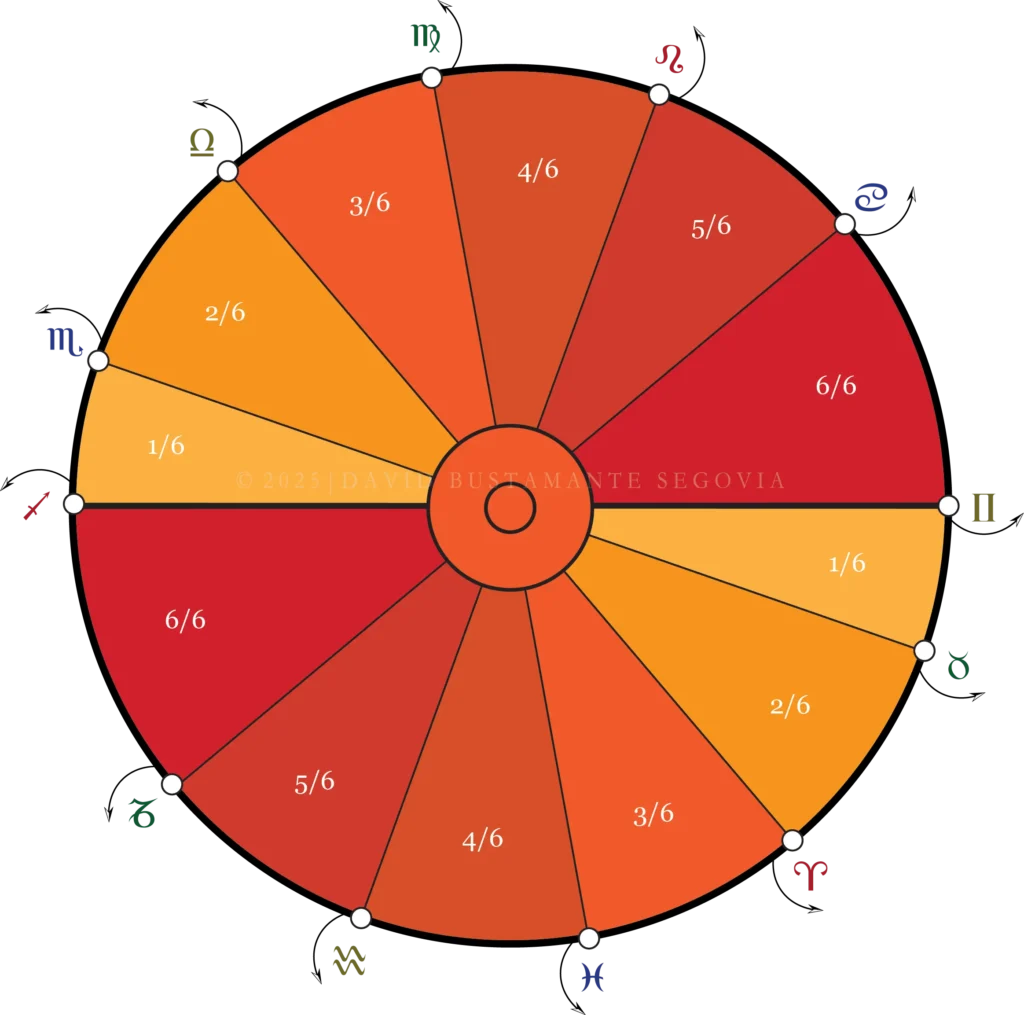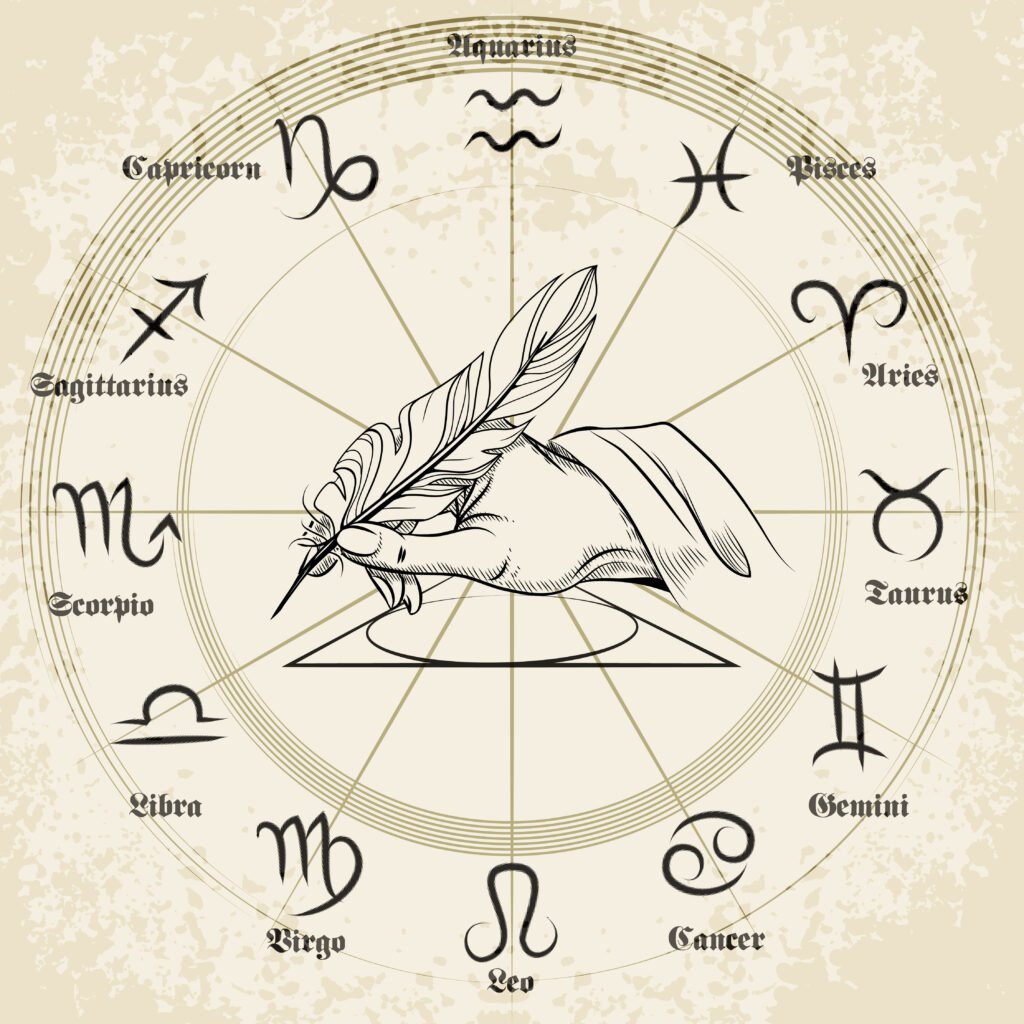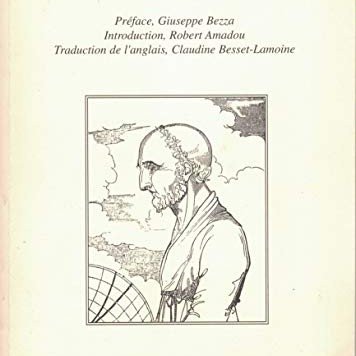
Should we rename the Placidean method?
There are different methods or ways by which we can or are to divide the horizon in accordance with that which we look to see or assess. However, it is true that, should the practitioner or astrologist seek to represent the sky exactly as it appears before him with the naked eye, they are to employ the method of house measurement presented or otherwise popularised by a brilliant Benedictine monk, namely, Placidus de Titis (Perugia, Italy, 1603-1668), who was also a professor of mathematics and physics, not just astronomy and astrology. Although it is true that it was after Placidus de Titis only that the astrological community gave this measurement the time of day, he is not its original developer, but Ptolemy of Alexandria (second century CE), even though Ptolemy would have employed it for a different purpose rather than for astrographical erection or horoscope construction: for the purposes of establishing the length of life of the individual born, better known today as primary directions, as it follows the primary motion of the sky. Almost half way in time between Ptolemy and Placidus de Titis, Abraham ibn Ezra (1091-1166), a particularly clever individual in multiple fields, including, but not limited to, poetry, grammar, medicine, and astronomy, seemed to have posited the same method, also drawing on Ptolemy.
However, it is thought that this method is modern [1] and that it was originally developed by Placidus de Titis. So it would seem clear that two of the most common prejudices against this modus of dividing the horizon hinge upon the name it wears. [2] Of course, I would not posit the idea according to which it shall be named after Ptolemy or Ezra instead, but by the very mechanism of action that characterises the measurement at hand. The iterative exercise of the Placidean method of house measurement rests upon the pursuit or search for the ascensional times of the two intermediate oblique degrees after having learnt those of the Ascendant and the Midheaven. In other words, it first attempts to sniff out, then trace, and ultimately dis●cover the exact two degrees of the ecliptic that would occupy those two points of the local horizon we regard as the intermediate cusps (or the two hour lines of the local horizon that would occupy the two oblique degrees abovementioned), namely, the twelfth house cusp and that of the eleventh. This, unquestionably, constitutes a true timekeeping operation that goes beyond the also iterative exercise that both Alcabitius (tenth century) and Koch (twentieth century) conduct, for they concern themselves only with the degrees ascending (ASC) and culminating (MC), respectively, not the rest; the rest of which are assigned a third of the amount of time of the ASC (Alcabitius) or that of the MC (Koch).
Although we can wonder — if not consider obvious — why would Alcabitius and Koch — despite having known of Ptolemy’s length of life technique and the primary motion [3] upon which it is based — took distance from a timekeeping operation of the sort previously described (that is, why would they simplify it so as to not concern ourselves with the measurement of more degrees and the repetitive exercise it entails), we will skip that part, treated, however, in one of the appendices of the paper Time Dilation and Why the Placidus Measurement of the Astrographic Regions is Compatible with Relativity Theory (Bustamante, D. 26 September 2024).
This utmost rigorous timekeeping method (described in detail in both the paper referenced and here also, along with Alcabitius and Koch) provides the evidence necessary to support the fact that an astrography can be considered to have three hundred and sixty (sub)angles and be made up of twelve instead of four, even if four are the most important, relevant, or sensitive and we address the rest by another name, not ‘angle’. [4] That, say, a state of the United States or a country of the United Kingdom has four borders does not mean that the lines distinguishing the jurisdiction of the police and judges within the state or country are not relevant. The relevance of some lines (cusps) versus the relevance of other lines (cusps) may vary in nature (purpose). That they vary in nature does not remove their relevance: to clearly define or decide, determine or distinguish the beginning and the end of the jurisdiction of a planet within a quadrant (as we distinguish the beginning and end of the jurisdiction of a law enforcement agency or of a judicial authority on the basis too of physical lines). Does it extend beyond the tenth house if the degree of the ecliptic it occupies is four or six degrees away (of the same sign) from the following cusp (as Lilly, Morin, and others have taught)? If so, is it really six degrees or is it less than six degrees? Or is it more than six degrees? For this will decide if said planet exerts its influence over the next house as well (see Morin de Villefranche), in which case the matters of the house are to be considered affected by an additional body, as it would have rights over said matters on the basis of its physical position in the chart.
We will not continue to explore the nuances of the implications of this which we have portrayed more than we need to in order to justify the title of the article (the reader may consult the Reference section for that instead). We seek only to entertain the idea of renaming the method. I therefore vote to remove the name of the monk (Placidus de Titis) from the method to end at least two of its many misconceptions (that it is modern and that Placidus is its original author). Below are the candidates:
- The Primary Motion Method
- The Tropical Method of House Division
- The Seasonal Method of House Division
- The Seasonal Hour Method of House Division
- The Hourlines Method of House Division
Of course, one can also name it after the exercise that characterises it, which is utmost iterative, instead of after its purpose (timekeeping or saving ascensional times). Should not an entity, product, or anything in particular, however, organisations included, be named after that which defines them or to which they aim (i.e. purpose)? Whatever the case, it may be that neither of the names presented above could be considered to describe, simultaneously, both the exercise and its purpose as does:
- The Timekeeping Method of House Division
- The Relative Times Method of House Division
- The Proper Times [5] Method of House Division
Notes
[1] The Modern Era begins when the Middle Ages end (1500s), and ends when the 19th century begins, that is, the Contemporary Era. Many American historians consider the Contemporary Era to begin in the early 20th century. However, all historians can agree that the epoch of, not the method, but of Placidus de Titis, is part of either the Modern Era or the “early modern period”. The method, in turn, can be traced as far back to the times of Ezra (12th century) and Ptolemy (2nd century), that is, by the end of the Hellenistic period.
[2] Another prejudice is that it is highly sophisticated. This is said as if technology only could absolve us from conducting the exercise. Although the timekeeping operation that characterises this method does entail an exhaustive iterative exercise, it is not as mathematical as it is physical (unless, of course, you were to establish and/or measure all hour lines mathematically, an algorithm yet to be developed), and triangulation (not exactly trigonometry) can be employed if one wishes to skip an iteration (or make less iterations). To understand the extent to which the above is true, the reader should know software-measured Placidus houses are not as precise as hand-measured Placidus houses. Yes, astrological softwares do round off.
[3] Our primary astronomical experience.
[4] That we have measured or can measure the four angles trigonometrically does not mean that the degrees of the ecliptic they occupy do not too possess ascensional times and that we have not reflected that. The reader may be willing to confirm that these degrees remain the same across (almost) all the house systems.
[5] This method of measurement can be related to what, in physics (relativity) is known as proper time. This refers to the time measured by an observer in their own frame of reference, that is, the time recorded by a clock relative to another clock. It is but the true time experienced by an object as measured by the clock that moves or carries with it (the time it measures depends upon the path it travels). See this video. See too equation of time.
References
Bates, Graham. «The Astronomy of the Houses». Urania Trust. Retrieved from: https://www.uraniatrust.org/astrology/astronomy-of-houses
Bustamante, David. (September 2024). «The Astrological Delineation Procedure». The Mountain Astrologer, 232, pp. 76-83. Ppublished in Spanish also by the journal of the Spanish Society of Astrology: «El procedimiento de lectura astrológico», SPICA, 64, pp.93-111.
Bustamante, David. (26 September 2024). «Time Dilation according to Tropical Astrology and Why the Placidus Measurement of Astrographic Regions is Compatible with Relativity Theory». DOI 10.5281/zenodo.13841957. Retrieved from: https://zenodo.org/records/13902128
Carroll, Sean. (2022). The Biggest Ideas in the Universe. Space, Time, and Motion. Dutton. Penguin Publishing Group. New York.
Chatham, Rhys. (Abril 2, 2021). “Placidus versus Alcabitius House System.” Rhys Redmond Chatham Astrology. Retrieved from: https://rhysastrology.fr/placidus-vs-alcabitius/
Forest, Steven. (2023). “Why I Use Placidus Houses.” Forest Astrology. Retrieved from: https://www.forrestastrology.com/blogs/astrology/why-i-use-placidus-houses
Holden, Ralph. (repr. 2023). The Elements of House Division. Raven Dreams Press. Boulder, Colorado, USA.
Lilly, William. (1647, repr. 2004). Christian Astrology. Astrology Classics. Retyped, Deborah Houlding (1999).
Morin de Villefranche. (2004). Book 17: The Astrological Houses. American Federation of Astrologers (AFA). Arizona, USA.
Morin de Villefranche. (2008). Book 18: The Strengths of the Planets. American Federation of Astrologers (AFA). Arizona, USA.
Morin de Villefranche. (2008). Book 21: The Morinus System of Horoscope Interpretation. American Federation of Astrologers (AFA). Arizona, USA.
Ptolemy. (1940). Tetrabiblos. Loeb Classical Library. Harvard University Press. Boston, Massachussets. USA
Wackford, Michael. (1994, repr. 2006). “Placido and the semi-arc method of house division.” Skyscript. Retrieved from: https://www.skyscript.co.uk/placido.html
